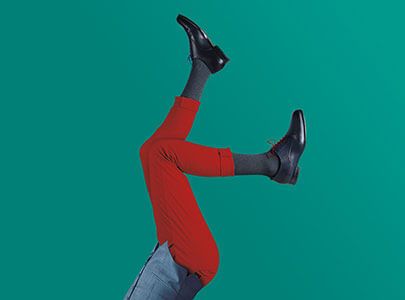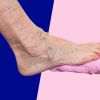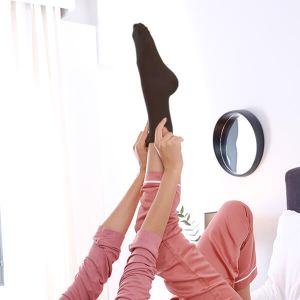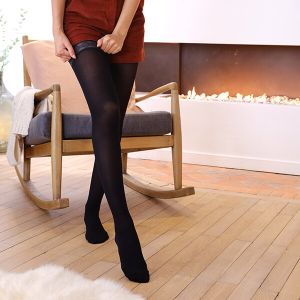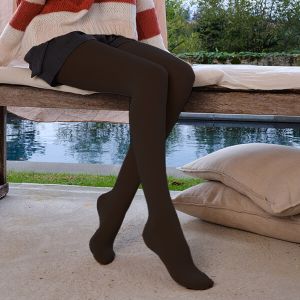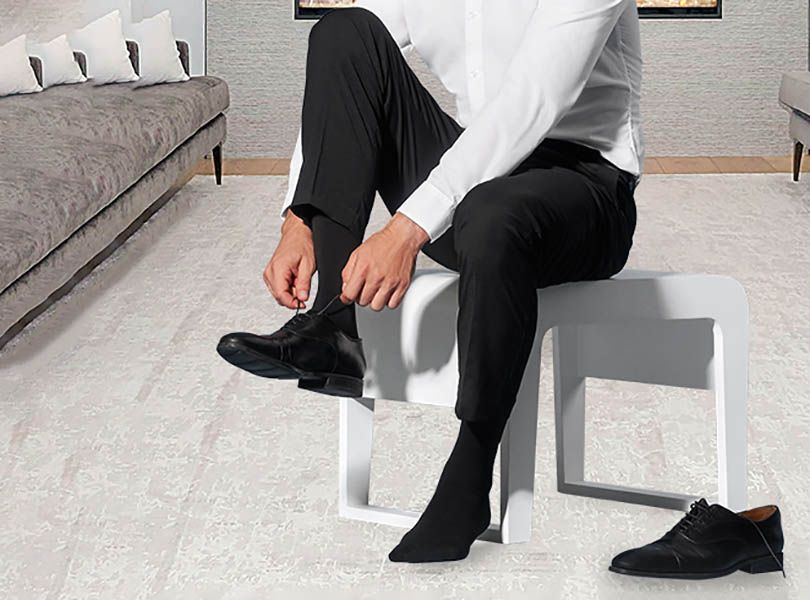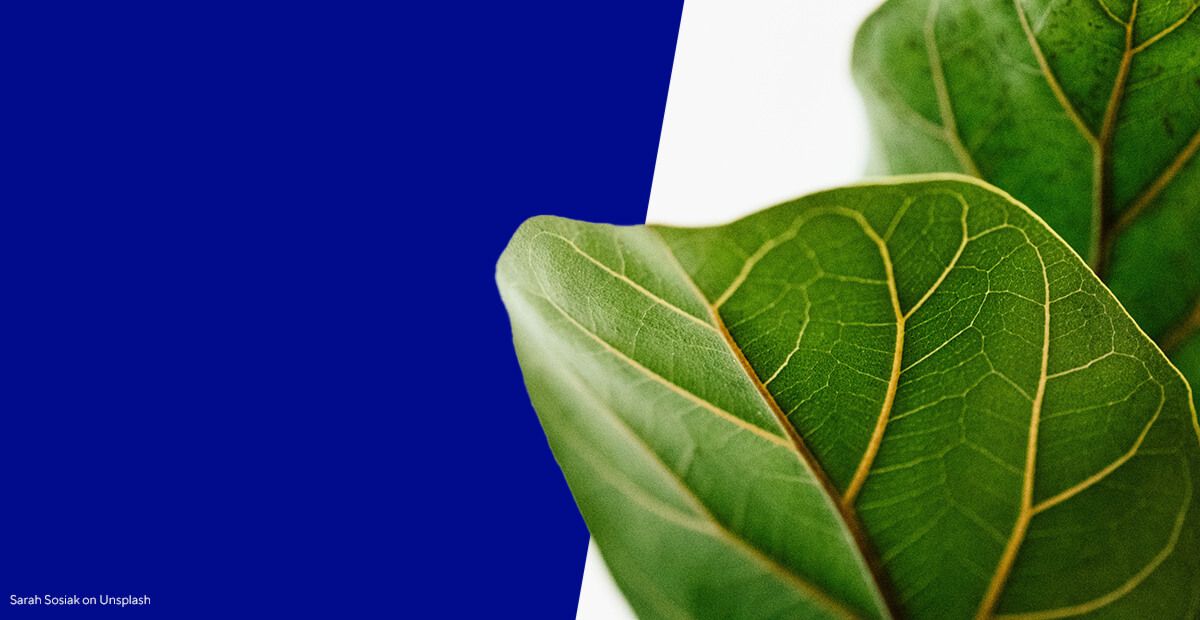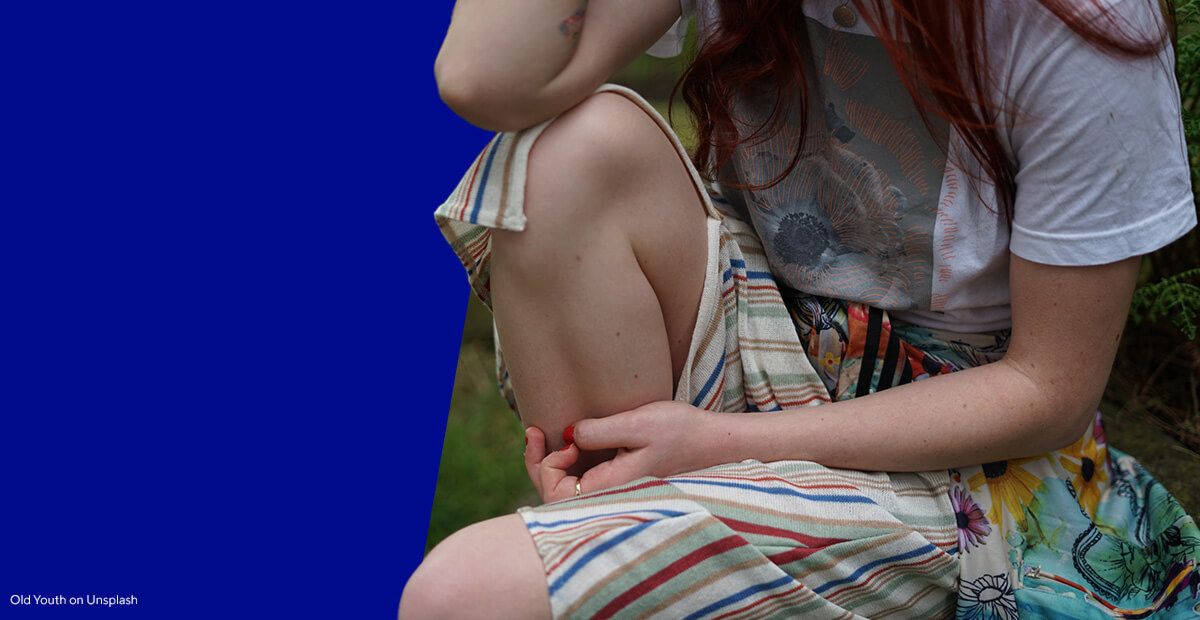Compression therapy - what is it?
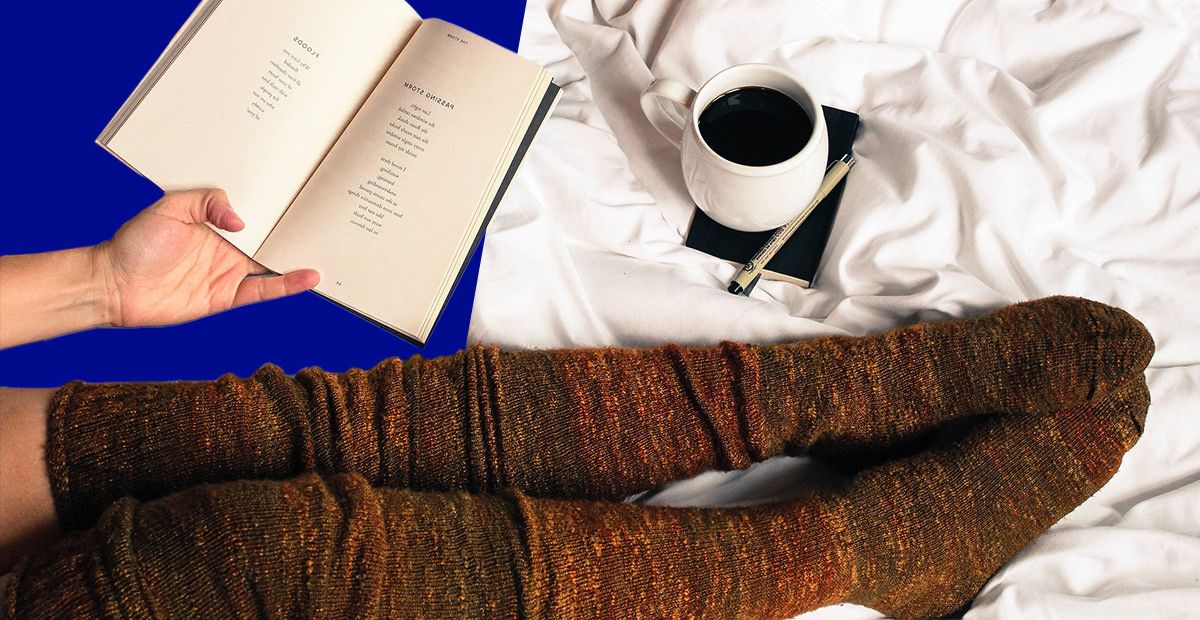
Compression therapy is one of the non-invasive methods used in the treatment and prevention of chronic diseases, including venous thrombosis, chronic venous insufficiency, and lymphoedema.
Its essence is controlled compression of appropriate intensity, the source of which are various compression products - tights, knee-length socks and stockings, and bandages. What else should you know about compression therapy?
What is compression therapy?
Compression therapy belongs to the group of physical therapies. It is based on inducing intra-tissue hydrostatic pressure using special bandages and compression garments by supplying external factors.
The increase in pressure that occurs as a result of the treatment improves the process of lymphatic drainage, as well as restores proper microcirculation. However, for the applied pressure to be effective, it must be graded appropriately on successive sections of the limb - from the foot to the groin. It should also be repeated at appropriate intervals.
Compression therapy is one of the methods included in the complex treatment of oedema prevention. It is very often used in pregnant women.
Compression therapy uses both medical compression products - tights, stockings, knee-high socks, as well as special compression bands made of long-, short-, and medium-stretch elastic bandages and non-elastic bandages.
The Pressure of an appropriate intensity can also be induced by an apparatus. Then we deal with the so-called pneumatic compression.
Basic principles of compression therapy
One of the most important principles of compression therapy is graduated compression. Increasing the pressure on a limb with a chosen product should always be done gradually. Besides, a bandage or other compression products should be put on a limb when its vessels are not overfilled with blood.
It is, therefore, best done in the morning, after a long rest. When using a compression bandage, remember to wrap the leg with it, starting from the base of the toes, heading towards the knee or higher up - the groin, starting from the inside.
Advantages of compression therapy
Compression therapy is a very effective method used in the prevention of such diseases as venous thrombosis. Its basic task is to support and improve mechanisms responsible for maintaining proper lymph and venous circulation.
In addition, properly performed, it facilitates lymph and venous outflow from the limb, as well as increases blood flow through the veins forming part of the deep system. In addition, it also significantly reduces the unpleasant discomfort felt by the patient as a result of swelling and other venous disorders.
For compression therapy to be effective, each product used should be individually adjusted to the patient. We are talking here primarily about the size of the limb and the size of the chosen compression product. Therefore, its selection should always be preceded by accurate measurement of the limb in specific points.
Only based on the obtained results can the size of the compression product be correctly adjusted, and thus the expected therapeutic effect is achieved. What is important, the measurements should be taken in a standing position on a non-oedematous limb, preferably in the morning or at any other time of the day, but only after the patient has rested for a while.
Indications for compression therapy
Both the level of compression therapy and indications for compression therapy should be determined by a doctor every time. Each case, because of the general state of health of the patient, as well as possible contraindications, should be considered individually. However, there is a group of general indications for its performance. These include:
- prophylaxis of venous disorders in situations such as, among others: genetic load, standing or sitting job, little movement, traveling more than 4 hours in immobilization or forced position, obesity, use of certain drugs
- a history of vascular closing procedures such as sclerotherapy, laser,
- varicose vein surgery
- surgeries with swelling of lower or upper limbs
- diseases accompanied by oedema, such as lymphedema, deep vein thrombosis, varicose veins of the lower limbs, states after fractures or dislocations
- swelling of the lower limbs during pregnancy
- immobilisation of the patient
As it is easy to see, compression therapy is most frequently used as one of the methods for the broadly understood prevention of venous thrombosis and all ailments connected with it.
It is also used as an auxiliary method in the process of recovery from illnesses and injuries accompanied by swelling of the limbs. In this case, its application not only reduces the risk of blood clots but also accelerates healing and improves the return to full fitness.
Compression therapy - contraindications
Compression therapy is classified as a minimally invasive method. It is most often used in the prevention of venous thrombosis, and also as a way to eliminate unpleasant for the patient symptoms in the form of swelling of the limbs and the discomfort associated with it.
Properly conducted, using appropriate compression products, allows to achieve positive results in this area, therefore it is very often recommended by doctors. Although effective, unfortunately, it cannot be applied to every patient. Clear contraindications to its use are:
- atherosclerosis, inflammation of the arteries of the lower limbs
- sensory disorders during diabetes
- inflammation of the skin, subcutaneous tissue, or muscles
- allergy to the yarn contained in the compression garment
Bibliography
- Compression therapy Date of access: 13.01.2019.

